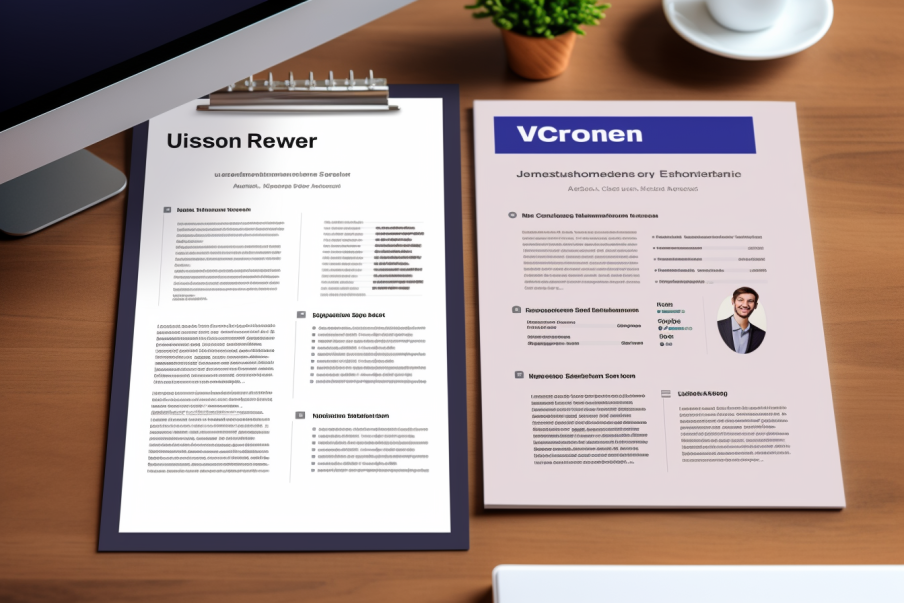Summarising your best self in one perfect document while matching it to your dream job requirements can be difficult. Yet, it becomes even more complicated if you aren't sure exactly what to write. Some will require a CV, while others ask for a resume. Some use the terms for two distinct formats, while others merely employ them interchangeably. So, CV or resume? It almost feels like a chicken-or-egg type of question. But fret not, as we've prepared an ultimate cheat sheet for you to wrap your head around the difference between a CV and a resume.
CV: An Overview
CV, or Curriculum Vitae, is Latin for course of life. The definition alone can hint at its use. Your CV is the document that outlines everything you have done during your life. So there is no particular length limit - you can have free reign on the pages as long as the emphasis is on your academic and research achievements. Usually, the length ranges from two to eight pages and more. Since writing a CV entails focusing on your academic accomplishments, it's mostly a requirement in academia, fellowships, or grants.
Sections commonly included in a CV:
- Contact Information
- Name and title
- Objective // Statement
- Education
- Work Experience
- All publications (i.e., books, articles, dissertations, conferences, etc.)
- Awards, honours, and certifications
- Skills
- References
Resume: An Overview
A resume (also spelled as resumé) is French for Summary. Here, too, the definition can help to understand its use. In a resume, you summarise your educational background, work history, and special skills. It is considerably shorter than a CV - only one page! In rare cases, two pages can be allowed; however, sticking to one A4 paper for presenting yourself is strongly recommended. In a resume, the emphasis is put on your skills and work experiences relevant to a specific job. Relevance is crucial, thus, read the job description closely and research the company to tailor your resume. By picking and choosing the right experiences and skills to include, you save on space - keeping it short and sweet.
Sections commonly included in a resume:
- Contact information
- Name and title
- Objective // Statement
- (Relevant) Work Experience
- Education
- (Relevant) Skills
* Incorporate relevant awards, honours, and certifications in Education section
Choosing the Correct Format: When to Use a CV or Resume
Choosing the correct format requires a clear understanding of which geographic area you are applying in. The uses of the terms CV and resume vary across countries and regions.
In North America, you will observe the usage of the terms according to their purposes: you must furnish a CV for academia and a resume for your job. In Europe and New Zealand, you will find that the term CV is also used when applying for a job and refers to a resume. So, if your potential employer asks you to provide them with a CV, don't send them a 10-page biography - a one-page summary will suffice.
While this is also true for South Asia, sometimes you might be asked for your biodata. The rest of the world uses these terms interchangeably. While this may seem tricky, as a rule of thumb, a CV type will be needed for academia and a resume type for your job application. If you still have doubts, you can always double-check and adhere to the employer's requirements and preferences.
Conclusion
In conclusion, understanding the difference between a CV and a resume is vital to tailor your document to a specific job or academic opportunity. The main differences between the two include purpose, length, focus, and geographic variations. Once you have a clear idea of the differences, it's time to start crafting them! It is beneficial to keep both handy and constantly update them as you grow within and beyond your field.
Have we missed any key differences between a CV and a resume?
Let us know in the comments!






